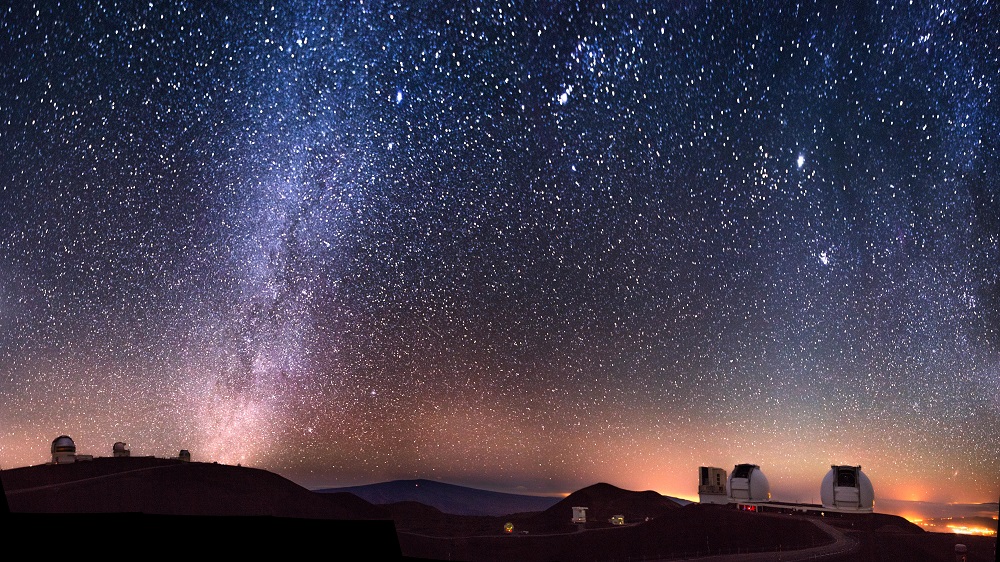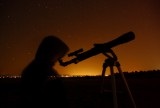Even in Deep Space, There Are Shades of Black
How a Planet Hunter Finds Faint Objects in a Sea of Darkness
In my line of work, I stare at shades of black.
My work starts on dark, black nights, when there is no moon or reflection from it. The telescopes I use have to be in places with three qualities: High, dry, and—you guessed it—very dark. And so, I search for planets atop the summit of the highest, driest, and darkest peak in Hawaii. Mauna Kea, a dormant volcano—where the world-famous Keck Observatory is located—minimizes the “noise” in the images from Earth’s constantly swirling atmosphere and the light drifting in from …







